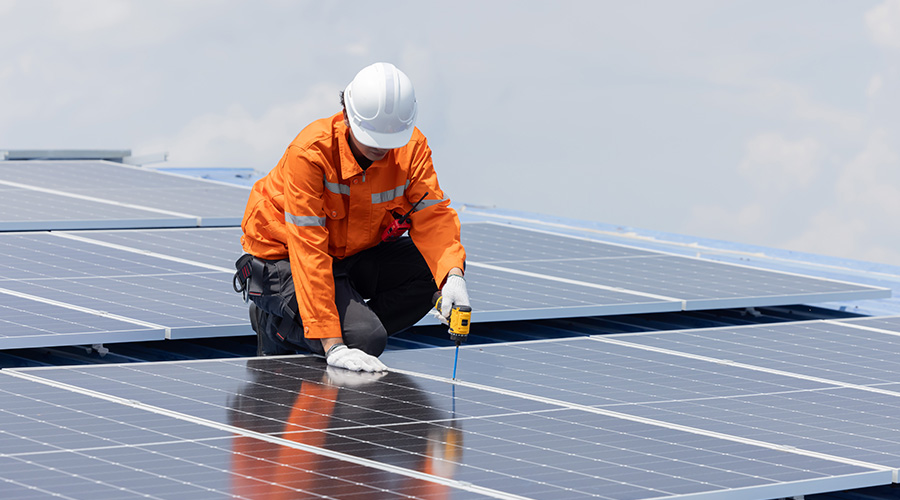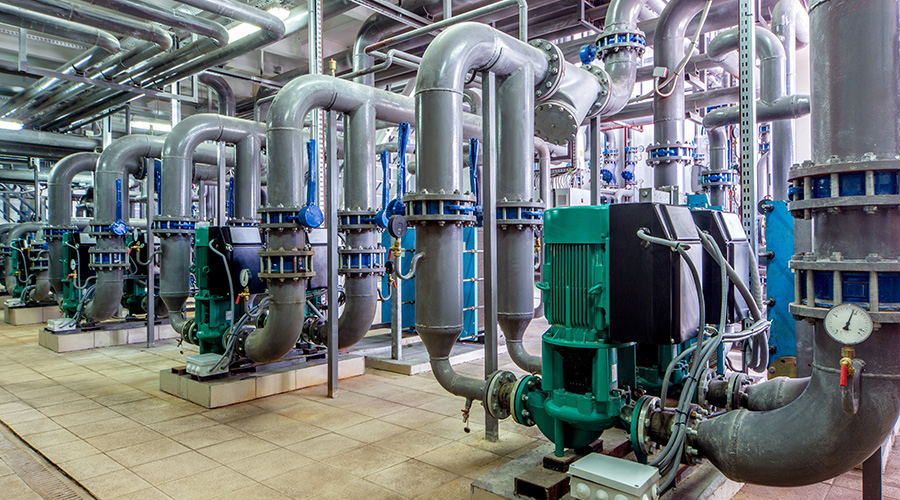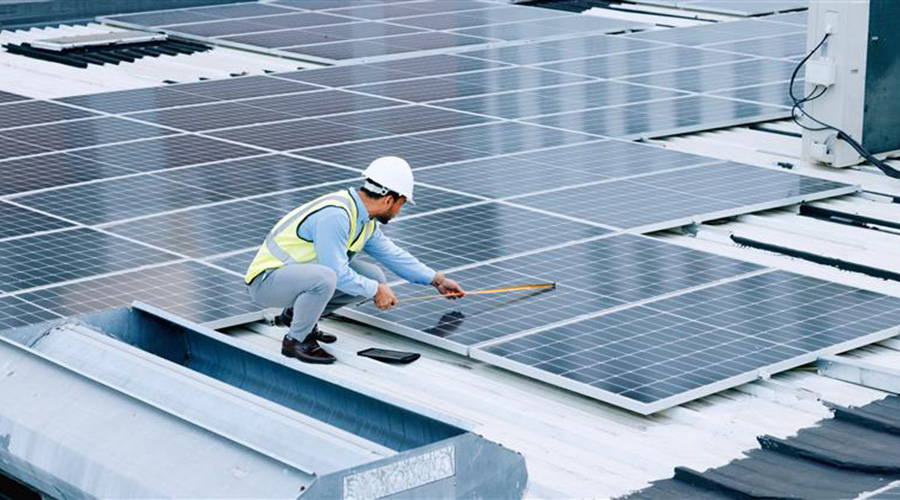Service Response Time, Maintenance And Installation Are Areas To Focus On When Making Portable Cooling Decisions
The service agreement for a portable cooling unit should include a limit on the acceptable response time when a problem occurs. "If the portable goes down, you want some assurance that within X number of hours, they're going to be there to fix or replace it," Westerkamp notes. It should also clearly define maintenance and installation responsibilities.
The shorter the time, the higher the cost in most cases. Moreover, in the case of a major natural disaster, the likelihood of getting a rapid response diminishes rapidly, Westerkamp notes. In hospitals and other facilities in which cool air is a safety requirement, backup generators and other equipment that reduce the risk of interruptions in the cooling operations are critical.
8. What steps can facilitate installation and maintenance?
Several preparatory actions can smooth the installation of a portable cooling system. One is notifying tenants of the upcoming change, Winterland says. That way, they're less likely to be caught off-guard and question or complain about the work that's needed.
When deciding where the system will be located, facility managers will want leave room on all sides of the unit, Westerkamp says. "Don't back it into a corner where it's hard to get at," he says. Mounting the unit to the ceiling may be a way to gain cooling power when floor space is tight.
Once the system is up and running, some ongoing maintenance typically is unavoidable, Winterland says. The condensate lines should be checked to ensure they're not plugged, and the evaporative system should be checked to ensure that it's not dirty. Either of these can reduce the effectiveness of the unit.
The filters on any cooling system that runs for an extended period of time will need to be changed approximately every two months, Westerkamp says. Otherwise, particulates drawn into the filter can overload the motor.
At least several times a season, check for leaks. "You want to stop leaks as soon as they're observed, because the cost of refrigerant has gone through the roof," Westerkamp says.
If the cooling unit has a compressor, you'll also want to check the amount of compressor amps it is pulling, and compare it to the manufacturer's recommendations, which typically are listed on the nameplate, Westerkamp says. If the number is higher than what's recommended, the equipment probably needs lubrication. Pumping lubrication into the refrigerant line can lower the amount of energy used by the compressor by 20 percent, while also extending its life, he says. "It's like dry friction versus wet friction."
Karen Kroll, a contributing editor for Building Operating Management, is a freelance writer who has written extensively about real estate and facility issues.
Advances in Portable Cooling
Many facility managers evaluating new portable cooling systems will find that the technology has advanced significantly since the last time they were in the market. More powerful fans and more efficient compressors "have dramatically reduced the cost of essentially all cooling equipment, which has made its way into portable cooling technology," says Philip Winterland, project manager with Facility Engineering Associates. This reduces the amount of energy needed to cool a space.
In addition, the integration of indirect evaporative cooling (swamp coolers) into traditional systems can reduce the size of the compressor motor required, Winterland says. Again, this can save energy.
Because the need for a portable cooling system can occur quite rapidly, it helps to gain an understanding of the systems available when things are running smoothly. As the saying goes, it wasn't raining when Noah built the ark.
— Karen Kroll |
Related Topics:













